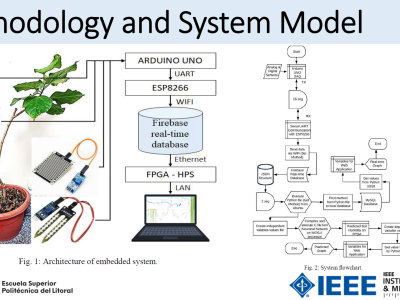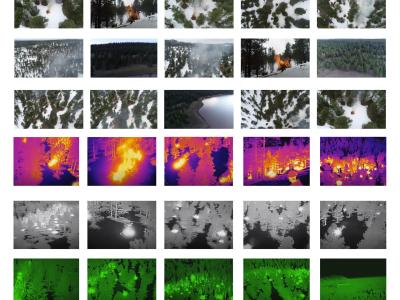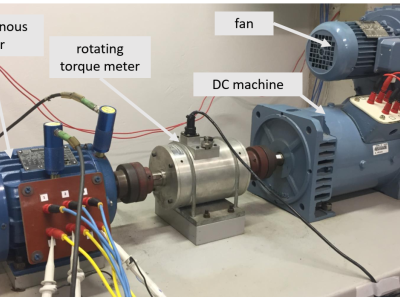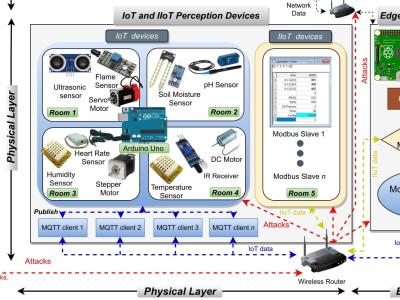Graph Reinforcement Learning based Security-constrained Unit Commitment Considering AC Power Flow Constraints

- Citation Author(s):
-
Li Shenhao (shenhao)
- Submitted by:
- Li Shenhao
- Last updated:
- DOI:
- 10.21227/zzgr-fm52
- Data Format:
 76 views
76 views
- Categories:
- Keywords:
Abstract
With the increasing uncertainties introduced by intermittent renewable energy sources, as a critical decision-making tool for power system operations, security-constrained unit commitment (SCUC) provides an efficient solution for economically and robustly responding to the changes in the power system operating state. In this study, a graph reinforcement learning (GRL)-based approach is proposed to address the day-ahead SCUC problem, incorporating alternating current (AC) power flow constraints. The proposed method simulates the power system operator by an agent composed of graph neural networks. Through the characteristics of the neural networks, the problem of slow solving speed and high solving difficulty of the AC-SCUC problem with complex constraints generated by traditional mathematical optimization algorithm is overcome. Training and testing procedures are conducted on the IEEE-30 and ROTS test systems to demonstrate the effectiveness of the proposed GRL-based AC-SCUC solver. Experimental results show that the proposed solver effectively simulates the operation of power system. The solving quality of IEEE-30 system is close to the traditional optimization algorithm and even surpasses it on the more complex ROTS system, the solution obviously reduces the violation of safety constraints.
Instructions:
The Case folder contains the test system used in this paper, and the Results folder contains the training records and test results of the training neural network in this paper







